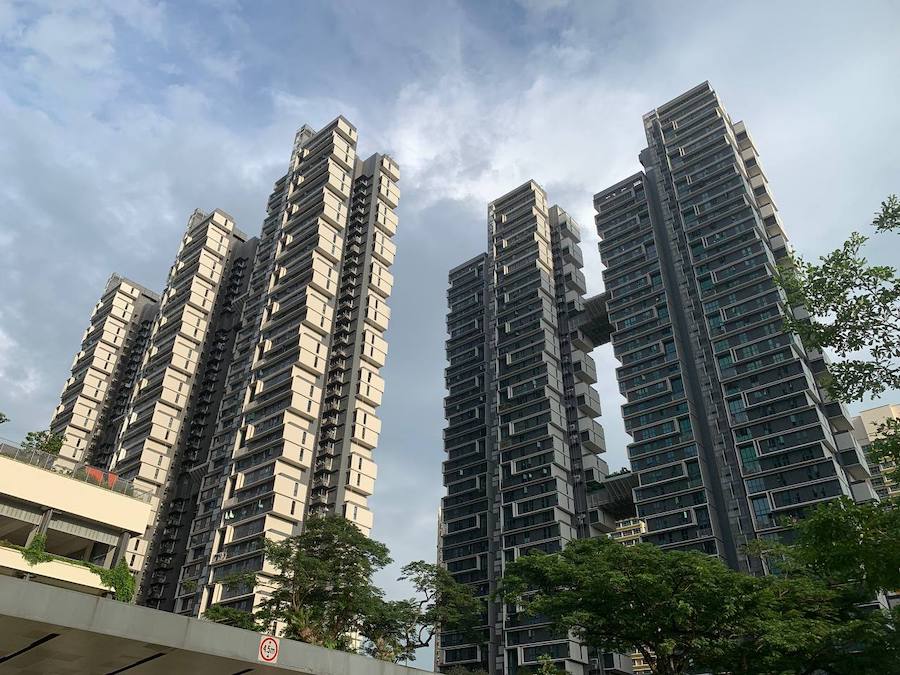Four lessons about electoral reform for a new BC government
Under their recent agreement, the BC NDP and Greens have promised a referendum on electoral reform in BC. This is great news. A huge amount of good could come from changing our outdated first-past-the-post (FPTP) system, as Alex Himelfarb argued in a recent analysis for CCPA (although he was speaking to the federal context).
Let’s take a step back to better understand this new window for electoral reform in BC, and to consider how the chances of a “yes” vote for change might be enhanced.
BC has had two referendum votes over the past 12 years on whether to ditch FPTP, with mixed results. In 2003, the government launched an innovative process called the BC Citizens’ Assembly. One woman and one man were randomly selected from every electoral district in BC, tasked to do two things: 1) recommend whether BC should change its electoral system; and 2) if so, recommend what the new system should be. The assembly was given resources and access to experts to carry out its work, and time to deliberate over several months.
A huge amount of good could come from changing our outdated first-past-the-post system.
BC-STV was then put to referendum in 2005, and it received 58% support. But it wasn’t implemented since the Campbell government had decided, quite arbitrarily, to require 60% support. A second vote was held in 2009, but only 39% supported change that time.
How can we understand voter attitudes about electoral reform in BC? There’s much we can learn from BC’s previous attempts at reform, as well as Ontario’s experience with a similar exercise and an unsuccessful referendum on switching from FPTP to another form of proportional representation (called mixed member proportional, or MMP).
I want to highlight several insights from two academic analyses of the BC and Ontario electoral reform efforts. If reformers want to succeed in BC today, there are crucial lessons to be learned.
1) Keep the design of a new voting system out of politicians’ hands
An extensive analysis of voter attitudes was conducted during the BC and Ontario referenda. This work, by a group of political scientists, looked at a range of factors that influenced whether voters supported or opposed electoral reform.
One of the strongest predictors of support in both provinces was trust in the Citizens’ Assembly processes, which were viewed as legitimate and independent of politicians. In the 2005 vote, the researchers found, “voters said yes if they knew the Citizens’ Assembly was made up of ordinary folks and not stacked with government-appointed elites.”
The findings suggest that a proposal designed by politicians in back rooms won’t fly with voters.
“The very same proposal would have received weaker support if it had been hammered out in the bowels of the legislature by a subcommittee of the Legislative Assembly and presented to voters as a fait accompli…” the political scientists note. “Given popular suspicion of elites and the general lack of knowledge about STV (about all electoral systems, in fact), a majority probably would guess that the proposal serves the nefarious interests of established political parties.”
A proposal designed by politicians in back rooms won’t fly with voters.
One worthwhile option is to entrust the design of a system to a new BC Citizens’ Assembly, or another process that is similarly credible and independent of political elites.
However, time is tight to complete a process of that kind, if the new government is determined to hold a new referendum in fall 2018, as the NDP-Green agreement indicates. The desire to move quickly is understandable, but a robust and legitimate process for choosing an alternative system is important—and will be crucial to prospects for success in the vote.
Another option is to use the BC-STV system designed by the previous Citizens’ Assembly as the starting point, and put that to a 50% +1 vote. This would be a kind of tie-breaker vote on STV after it received majority support in 2005 and opposition in 2009.
Whatever process is used to design a new system, the key is for it to be credible and independent of political players and their proxies.
2) Provide resources for extensive public education and debate on reform
Another key finding of the analysis of the BC and Ontario referenda is that the more voters knew about electoral reform, the more likely they were to support it.
However, levels of knowledge about the proposed systems, as well as about the Citizens’ Assembly process, were quite low in all three referenda. Only 1/4 to 1/3 of the electorate knew about many of the key facts. The authors point out “lack of information remains a central explanation for the referendum failures.”
The more voters knew about electoral reform, the more likely they were to support it.
One reason, according to the analysis, is that there was relatively little engagement with electoral reform by opinion leaders and the media during the BC and Ontario referenda. “Without exposure to a substantial public debate about the issue or the different options,” they noted, “it is hardly surprising that citizens ended up knowing little about them.”
This will need to change if electoral reform is going to pass in a referendum. “If knowledge of the alternative electoral system and of the citizen assembly had been more widespread,” the authors conclude, each of the BC and Ontario referenda would likely have passed.
So, there’s a great deal of room for improvement on this front. The new government can assist by ensuring there are much higher levels of resources available for public education, discussion and debate on electoral reform then there was in previous referenda.
Advocates, for their part, would do well to start pounding the pavement and organizing their own efforts to engage with the public about reform possibilities, with the aim of opening opportunities for more widespread discussion and education.
3) Demonstrate the merits of minority and coalition governments
A very likely consequence of moving to proportional representation in BC will be to increase the frequency of minority and coalition governments.
In the previous referenda, the political scientists find that the more favourably voters viewed coalition governments, the more they came to support electoral reform.
The new government will certainly need to provide a positive demonstration of how well minorities can work in practice, if they want to increase the likelihood of a “yes” vote.
Minority and coalition governments have a lot to offer, as they by necessity entail more cooperation and sharing of ideas between political parties. They also mean that a single party—often dominated by a single leader—doesn’t hold so much concentrated power in our democracy.
But, for all their virtues, minority and coalition governments are less familiar to British Colombians than majority governments. Advocates would be wise to marshal strong arguments and evidence about the benefits of sharing and dispersing power in this way.
4) Avoid electoral reform duds, such as “closed-list” systems
There is a whole plethora of possible proportional representation systems, including BC-STV and the mixed member proportional (MMP) system that was voted on in Ontario’s 2007 referendum, among many others. There are so many possible variants it can make your head spin. Which alternative system will be put to referendum in BC remains an open question.
Minority and coalition governments by necessity entail more cooperation and sharing of ideas between political parties.
These “list seats” ensure that a party’s total share of seats in the legislature is proportional to its overall popular vote share. But a key question is: who exactly fills these “top up” seats?
In the “open list” version of MMP, voters get to rank the candidates on lists provided by the parties, so voters have a say over which list candidates take office. In the “closed list” version, however, it’s solely the parties themselves that decide the rankings of their list candidates. The proposed Ontario variant of MMP was “closed list.”
What does the political science analysis tell us? The more Ontario voters knew about this closed list feature, the less likely they were to support electoral reform.
This is unsurprising, given widespread scepticism of political and party elites among voters. Closed lists put more power into the hands of parties, even as many feel parties already hold far too much power in BC and Canadian politics.
Electoral reform duds like closed lists should simply be avoided if BC is going to successfully move towards proportional representation.
Conclusion
A lot of things will need to go right to achieve electoral reform in BC.
A rushed effort that fails to heed the four key lessons outlined here will risk wasting this window of opportunity. If a proposed new electoral system is seen to be driven by the interests of political parties and elites, it’s likely to be dead in the water in the upcoming vote.
Reform advocates and the new government now have an opportunity to genuinely engage with British Columbians, and, in the process, help spark a wider discussion about deepening democracy in this province. It’s an opportunity to be seized.
Topics: Democracy, Election commentary, Features






